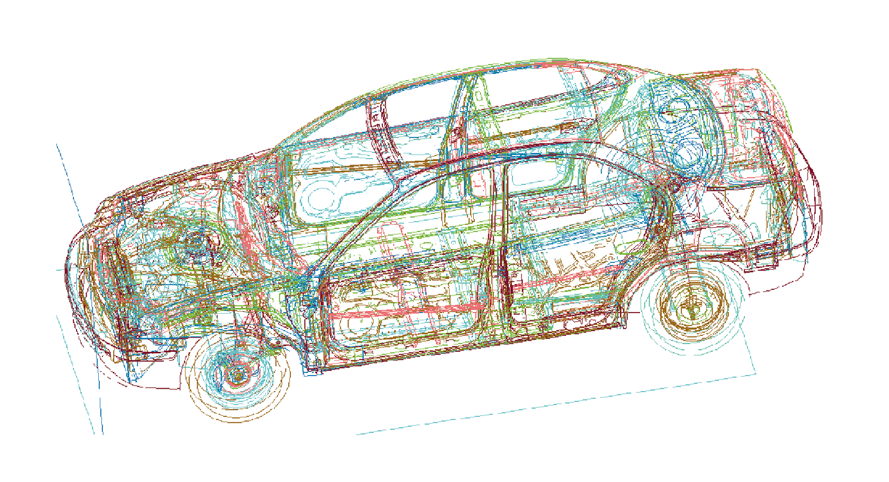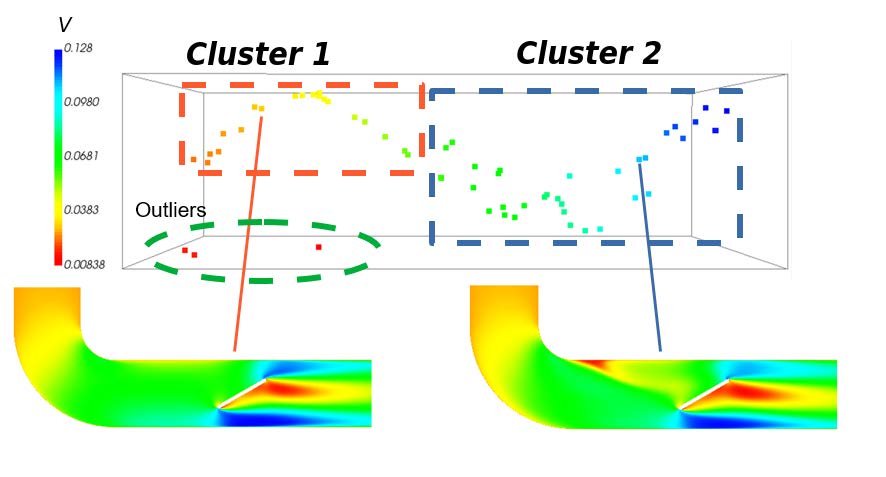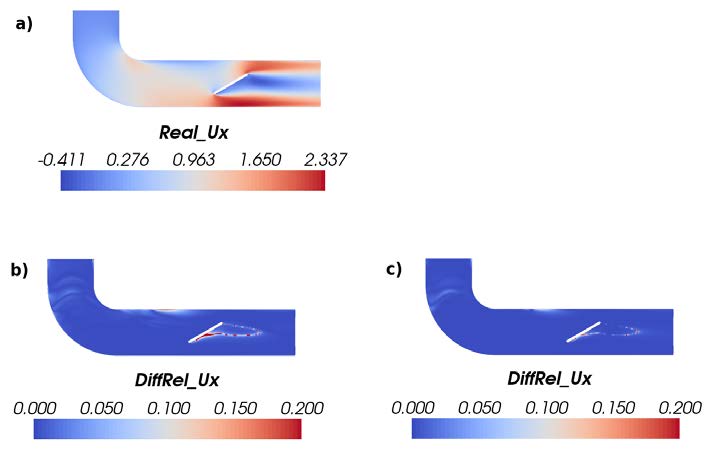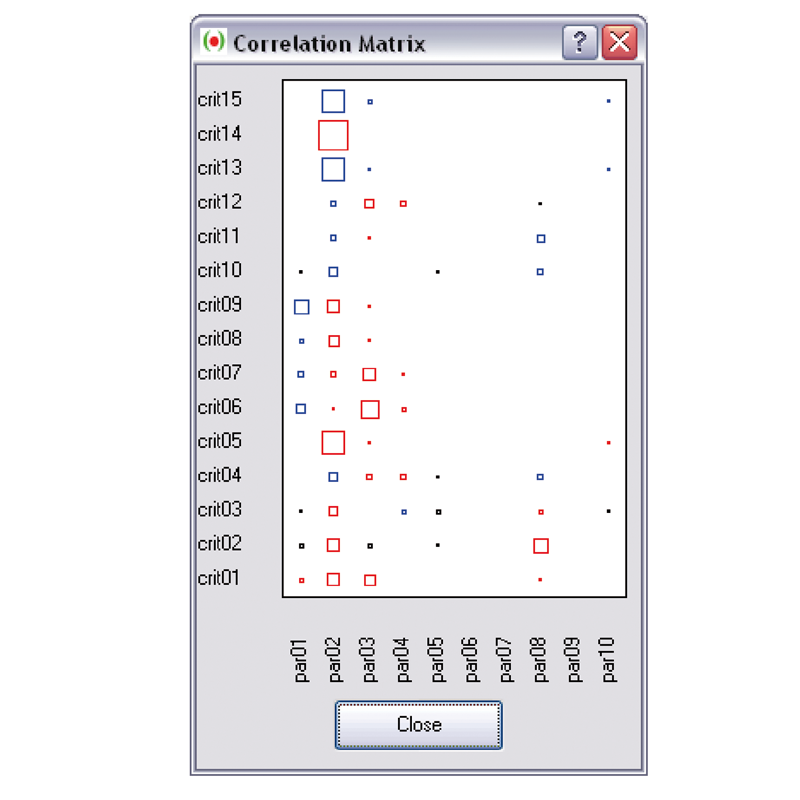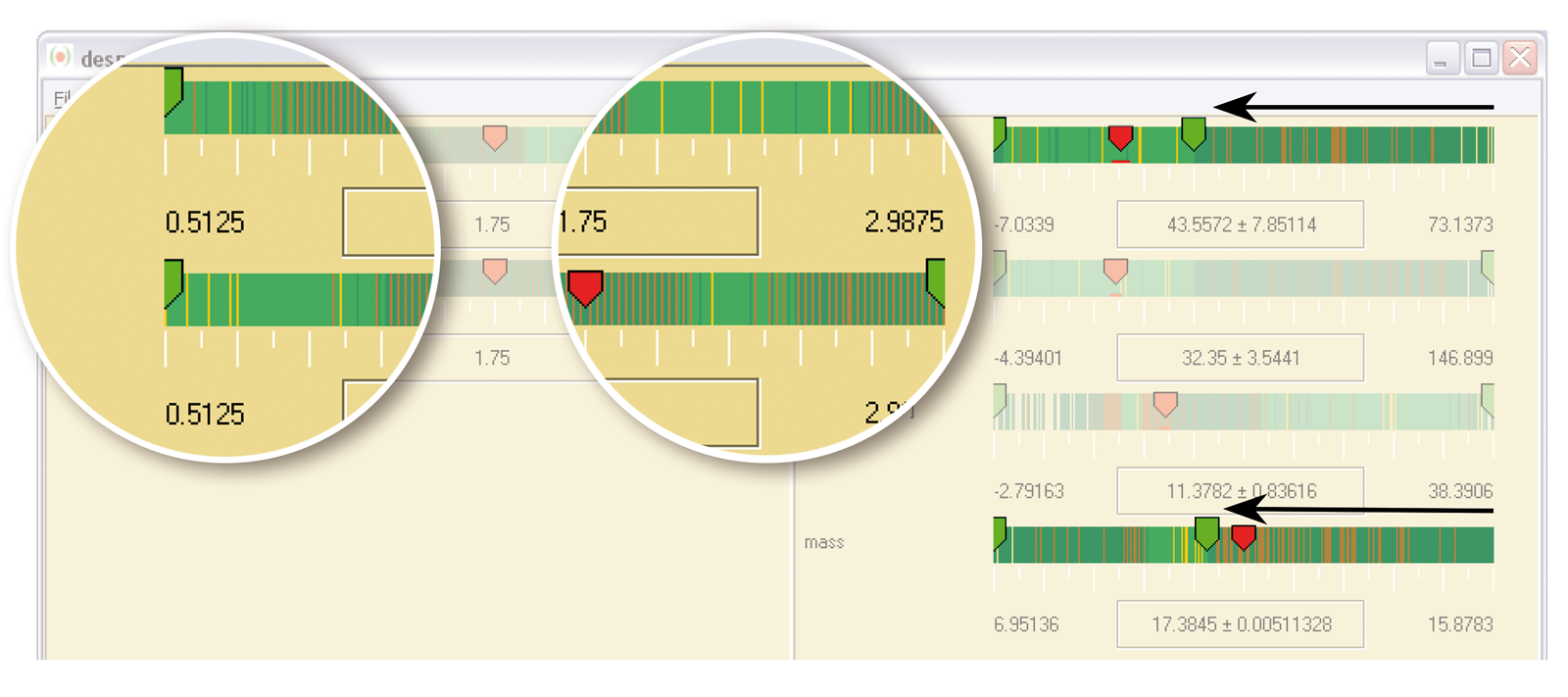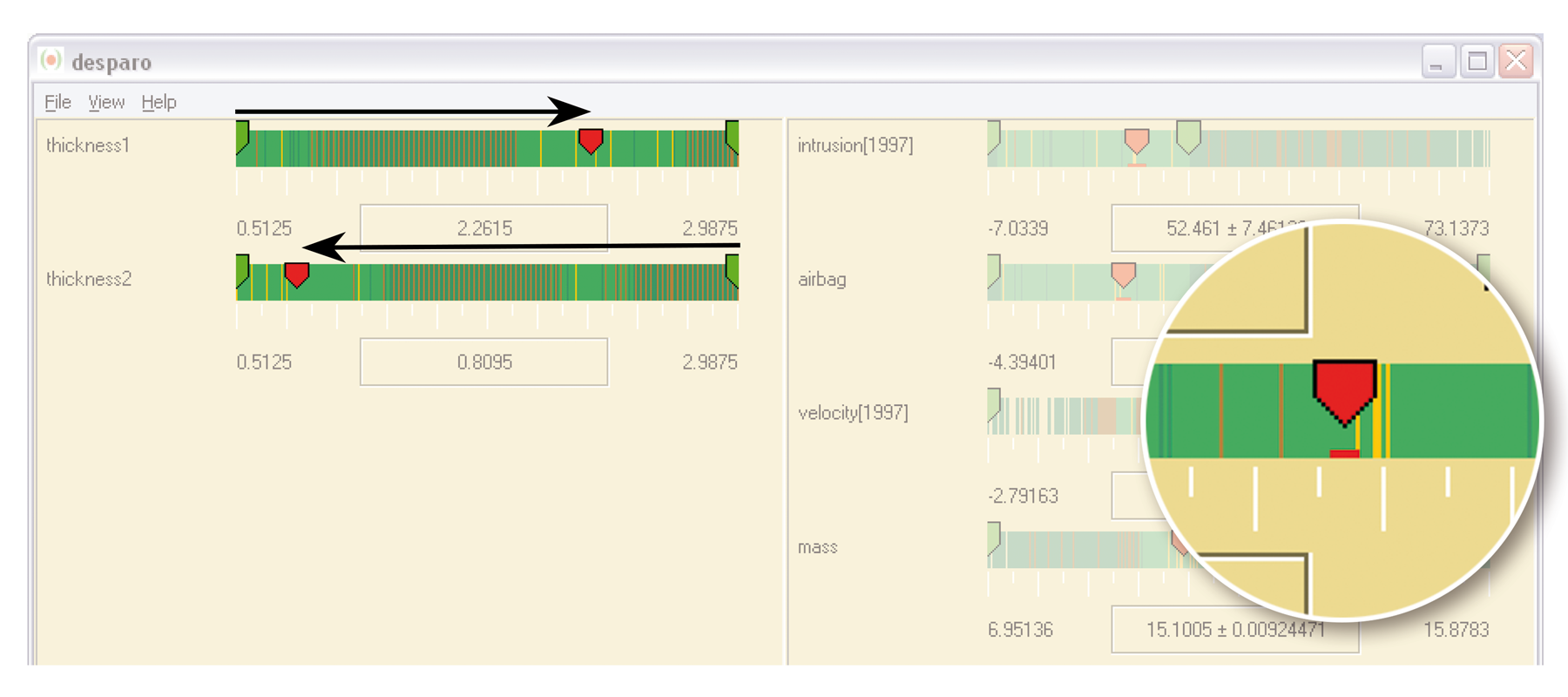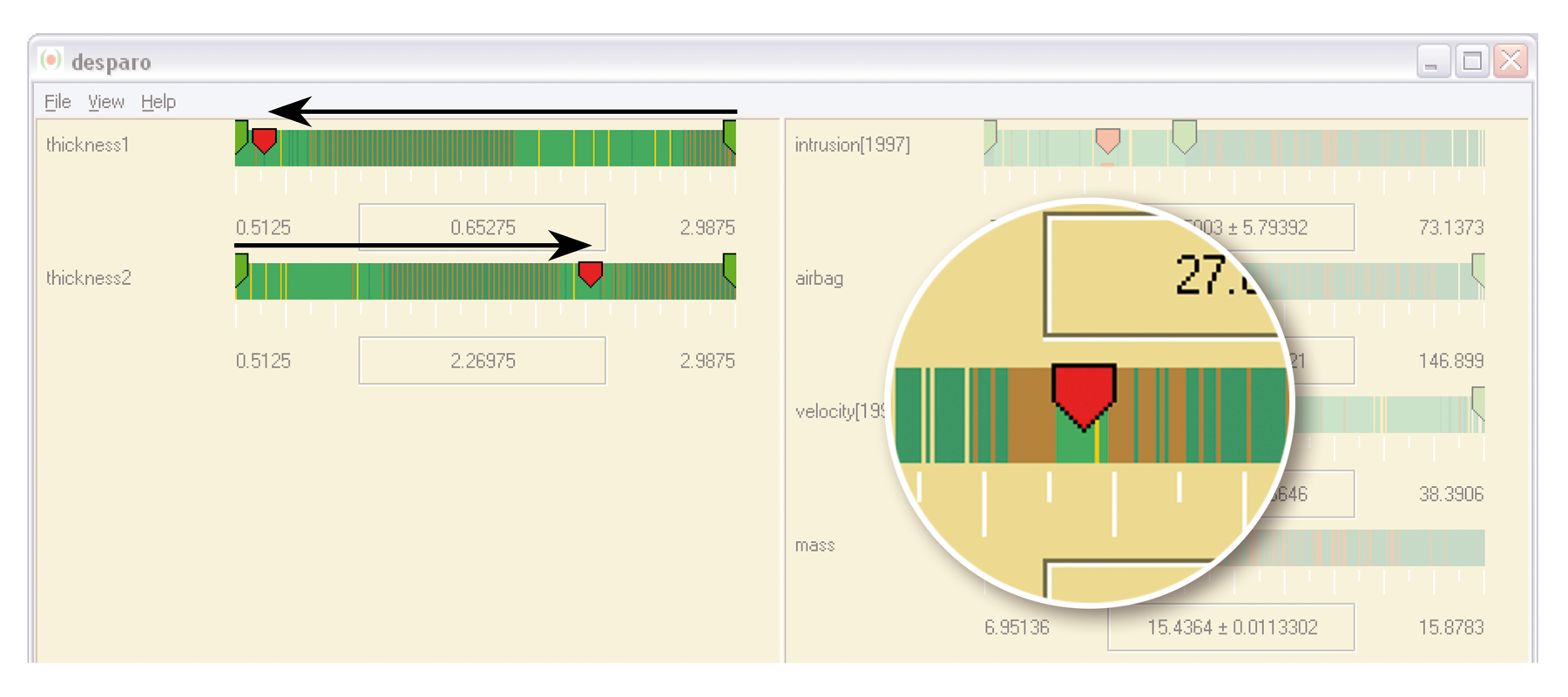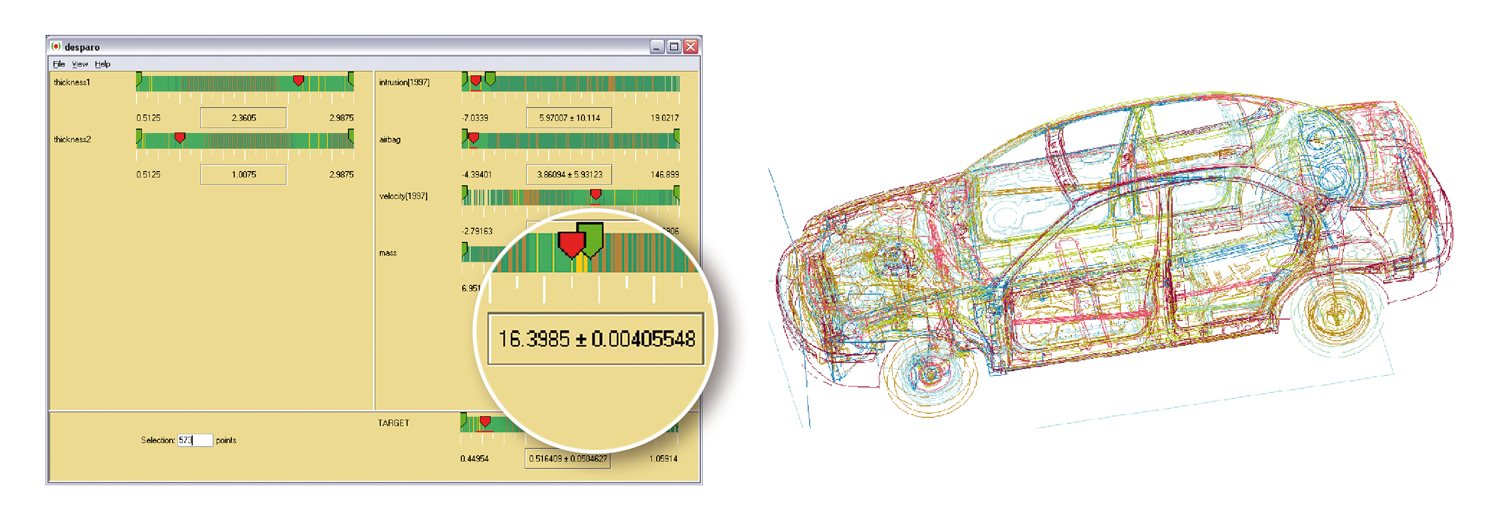Exploration, analysis, and optimization of parameter-dependent problems
Computer-aided simulations of technical processes and products commonly depend on many parameters, e.g., geometrical, material, and process-controlling parameters. Engineers are interested in configurations of these parameters, which optimize the production process, product features, and quality.
DesParO is a software package for intuitive exploration, automatic analysis, and optimization of such parametrized problems. DesParO can be coupled with simulation packages or used for measurement data. In particular, it focuses on keeping the number of simulations/experiments needed for analysis or optimization small. Moreover, simulations/experiments follow an experimental design (design-of-experiment, DoE) and, therefore, can be performed in parallel. Hence, DesParO is particularly useful for time- or resource-intensive simulation runs or costly physical experiments.
In addition to DesParO licenses, training, and studies, SCAI offers consulting for interpolation, statistics, and optimization and helps set up strategies and find suitable methods and tools.
